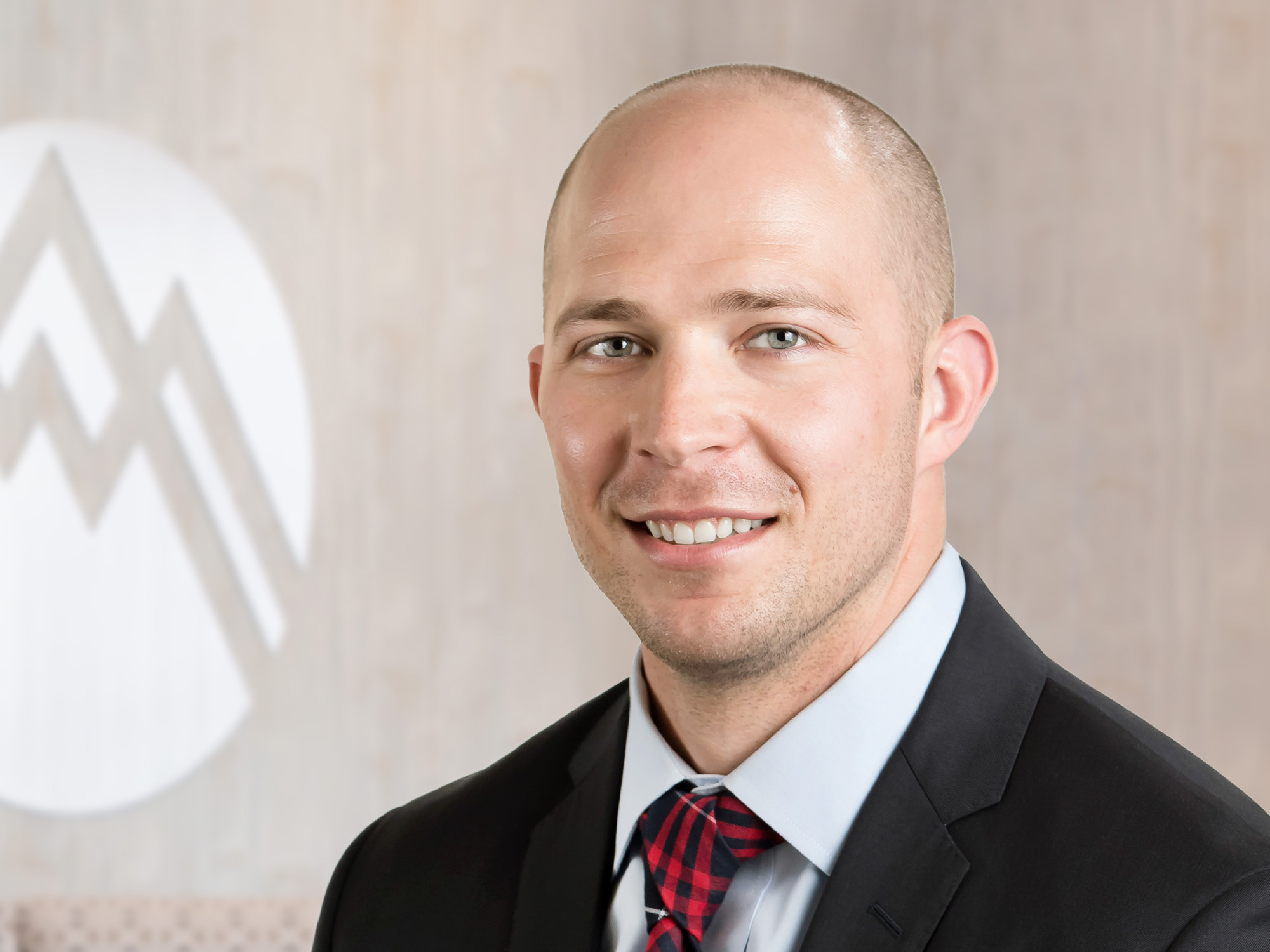Knowing what to expect can make a first visit for back pain just a little more comfortable.
“Often, I see patients on their worst day,” says spine specialist Dr. Trevor Wahlquist. “Back pain brings patients into my office for their first visit. And back or nerve pain is a uniquely debilitating type of pain. It’s bad enough that my patients are hurting when they come to see me. I don’t want them to feel uncertainty on top of discomfort. That’s why I’m happy to explain exactly what a patient can expect during that first visit.”
The first step during the first visit: listening
“During the first visit, my first job is to listen,” says Dr. Wahlquist. “Listening to my patient is crucial to a thorough evaluation and finding out what’s causing the problem. I take a very comprehensive history. I’ll ask about when the condition started and learn about the circumstances at the point when the pain began. I want to know what makes the pain feel better, and what makes it feel worse. These are the components of a thorough history.”
The second step during the first visit: understanding the patient’s medical history
“For many back pain patients, I know I’m not going to be the first physician they’ve consulted,” explains Dr. Wahlquist. “I want to find out if they’ve seen other physicians, and learn about other treatments they’ve tried. Which treatments have failed, and which ones have helped in the past? Once I understand that story, I want to understand what goes on in my patient’s day-to-day life. What prompted them to come in and see me now, at this point?
The third step during the first visit: a physical exam
Once I have my patient’s story, I do a physical exam,” Dr. Wahlquist continues. “Sometimes, that exam elicits additional information that my patient may not even have known about.”
The fourth step during the first visit: discussing a treatment plan
Dr. Wahlquist always gets patient X-rays during the first visit. “Once I have a patient history and have completed the physical exam, I review the X-rays with my patient,” he explains. “Then, we are ready to talk about next steps. In some cases, next steps may include an MRI, CT, or a neurologic study like an EMG. Imaging may provide another piece of information we need. When I have all the pieces of the puzzle, my patient and I will come together and discuss what I found. I’ll explain what that means within spinal pathology, and we’ll come up with a plan of treatment together.
“These four steps are what patients can expect from me during that first visit,” Dr. Wahlquist concludes. “I want patients to feel reassured about what’s going to happen. I collect the information I need in a very systematic way. And then, I will use all the appropriate tools and resources at my disposal through our spine team to address and treat my patient’s pain. It is my intention to return my patients to the activities they love, and help them reach their health objectives.”
Summit Orthopedics offers comprehensive spine expertise
Our back specialists diagnose spine problems and design custom treatment plans built on a conservative, nonsurgical approach. Most patients find relief through treatments including guided injections, specialized physical therapy, biofeedback, exercise, activity modification, and medication. When conservative care does not relieve symptoms, our highly skilled surgeons offer proven, evidence-based surgical options. Together with you, we will determine the right course of action.
Start your journey to a healthy spine. Find your spine expert, request an appointment online, or call us at (651) 968–5201 to schedule a spine consultation.
Summit has convenient locations across the Minneapolis-St. Paul metro area, serving Minnesota and western Wisconsin. We have state-of-the-art centers for comprehensive orthopedic care in Eagan, MN, Plymouth, MN, Vadnais Heights, MN, and Woodbury, MN, as well as additional community clinics throughout the metro and southern Minnesota.
More resources for you
- Learn more about Summit’s comprehensive spine care services
- Watch the video: Meet the Expert: Dr. Trevor Wahlquist
- Meet Pain Interventionalist Dr. Santos

